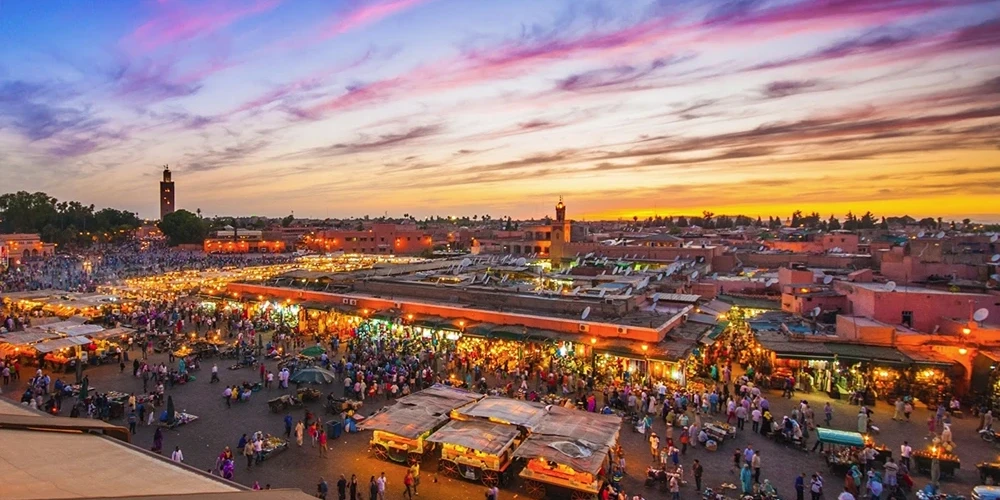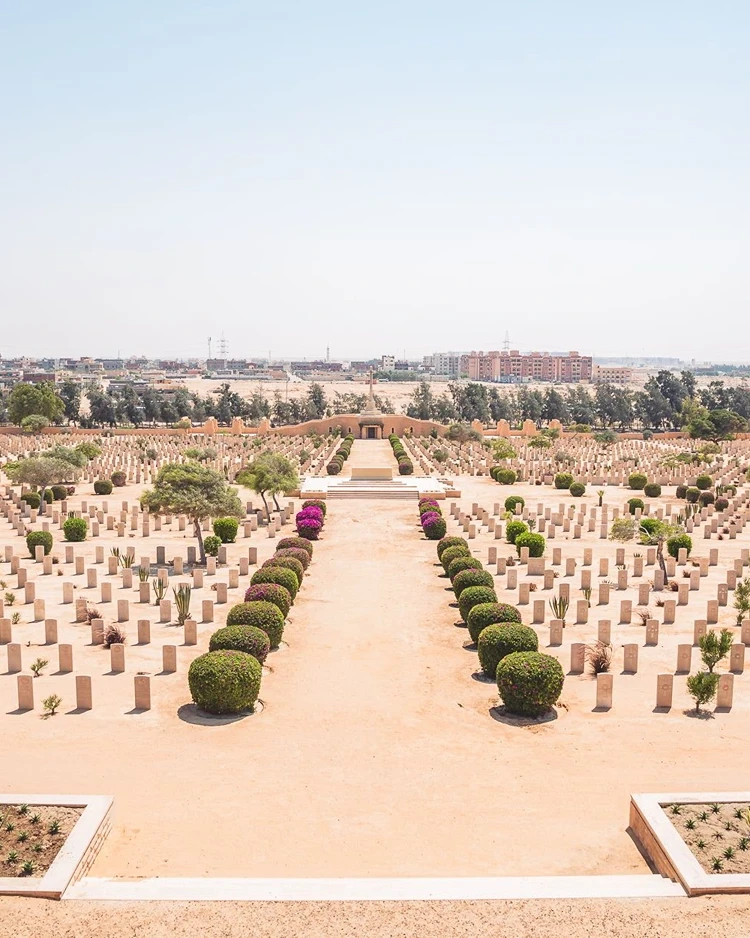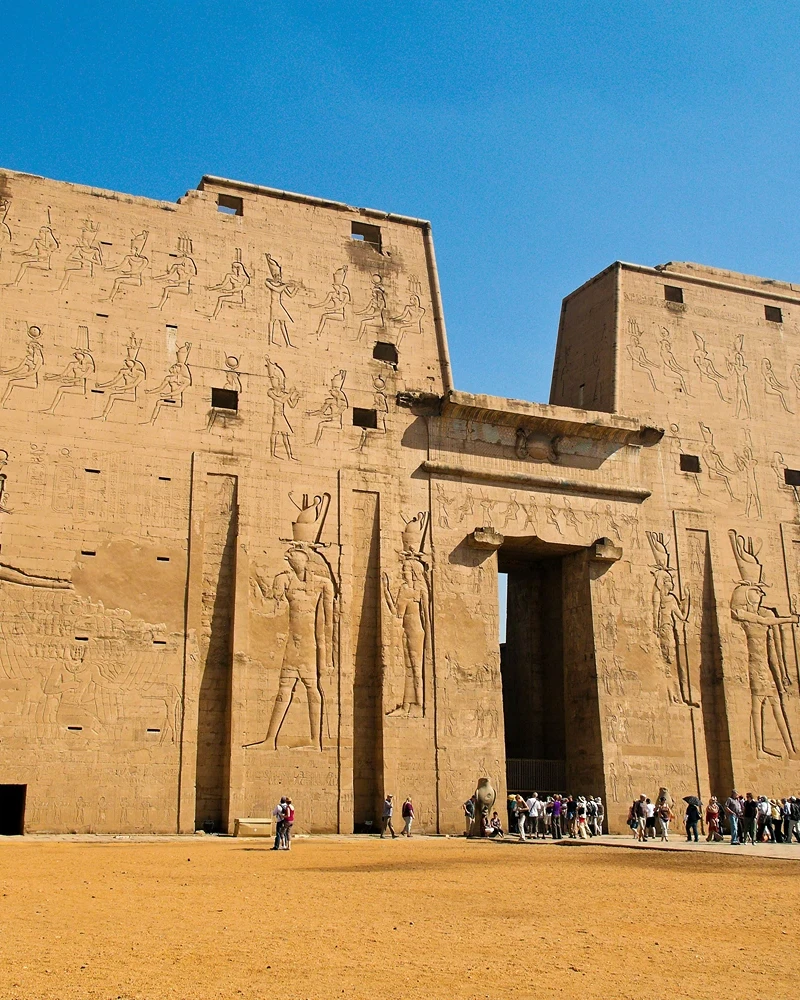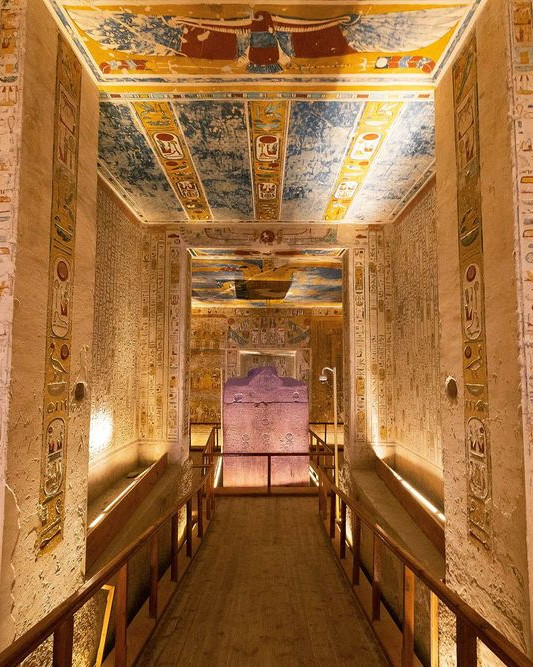Did you know that Djemaa El Fna, a historic square dating back to the 11th century, was once an execution yard? Today, it stands as a vibrant cultural heart of Marrakech, recognized by UNESCO as a Masterpiece of the Oral and Intangible Heritage of Humanity. This article delves into the fascinating history and profound cultural significance of Djemaa El Fna, exploring its evolution from a meeting point and market to a globally celebrated landmark. Understanding its rich past and present will offer deeper insights into why it continues to captivate both locals and travelers alike.
History and Cultural Significance of Djemaa El Fna
Djemaa El Fna, a historic square dating back to the 11th century, has been a focal point in Marrakesh for centuries. Originally established during the Almoravid dynasty, the square has seen various transformations through different ruling periods, reflecting the rich tapestry of Moroccan history. The name “El-Fna” translates to “demolition and ruin,” possibly alluding to the square’s tumultuous past. Over the centuries, Djemaa El Fna has not only been a center for trade and social gatherings but also a place where public executions and various forms of entertainment were held. This historical timeline cements its status as an enduring cultural landmark in Morocco.
The square has served multiple cultural roles throughout its existence. Historically, it functioned as a meeting point for locals and travelers alike, an execution yard for criminals, and a bustling market where merchants sold their goods. These diverse roles made Djemaa El Fna a microcosm of Moroccan society, capturing the essence of its social, economic, and judicial life. The square’s ability to adapt to the changing needs of the community while preserving its traditional functions has contributed significantly to its cultural significance.
In 1985, Djemaa El Fna was recognized as a UNESCO World Heritage site, further solidifying its global importance. The square was later proclaimed a Masterpiece of the Oral and Intangible Heritage of Humanity by UNESCO in 2001. This recognition highlights the square’s role in preserving traditional Moroccan oral history, music, and performance arts. The UNESCO designation not only acknowledges the square’s historical value but also underscores its ongoing cultural relevance, attracting millions of visitors each year who seek to experience its vibrant atmosphere.
5 key historical facts about Djemaa El Fna:
- Established in the 11th century during the Almoravid dynasty.
- The name “El-Fna” translates to “demolition and ruin.”
- Historically served as a meeting point, execution yard, and market.
- Recognized as a UNESCO World Heritage site in 1985.
- Proclaimed a Masterpiece of the Oral and Intangible Heritage of Humanity in 2001.
Major Attractions in Djemaa El Fna
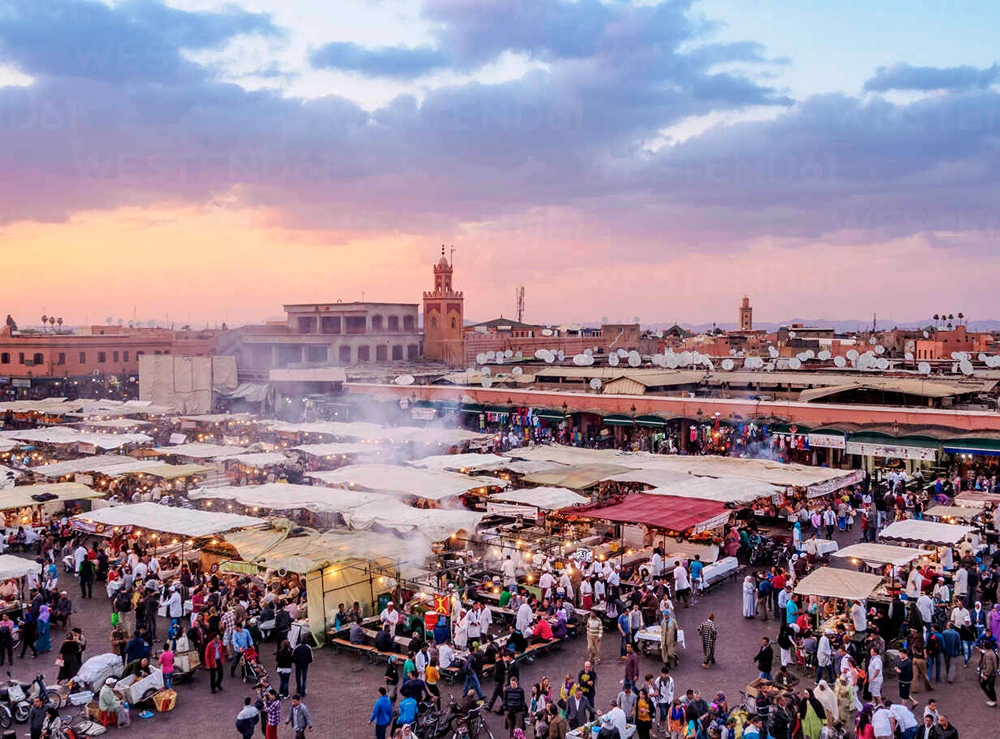
Street performances in Djemaa El Fna are a central attraction, captivating both locals and tourists. The square is teeming with entertainers, including snake charmers, henna tattoo artists, and acrobats. These performers create a lively atmosphere, showcasing traditional Moroccan arts and skills. Storytellers also play a significant role, narrating tales that have been passed down through generations. These performances provide a unique glimpse into the cultural heritage of Morocco, making the square a must-see destination.
Food stalls in Djemaa El Fna offer a diverse range of culinary delights, transforming the square into a bustling food market as the day progresses. Visitors can savor traditional Moroccan dishes such as grilled meats, skewers, and pastilla. The aroma of spices fills the air, and the sound of sizzling food adds to the sensory experience. Traditional music performances often accompany the dining experience, featuring instruments like the oud and the darbuka. These musical interludes enhance the atmosphere, making it a memorable part of any visit.
Local vendors in Djemaa El Fna add another layer of attraction, selling a variety of goods. Stalls offer spices, traditional medicines, and handcrafted items such as jewelry and textiles. These vendors provide an opportunity to purchase unique souvenirs and experience the traditional marketplace setting. The interaction with local sellers also offers insights into Moroccan culture and commerce, making it an enriching experience.
7 top attractions in Djemaa El Fna:
- Snake charmers
- Henna tattoo artists
- Acrobats
- Traditional storytellers
- Food stalls with Moroccan dishes
- Traditional music performances
- Vendors selling spices and handcrafted goods
Best Food Stalls and Restaurants in Djemaa El Fna
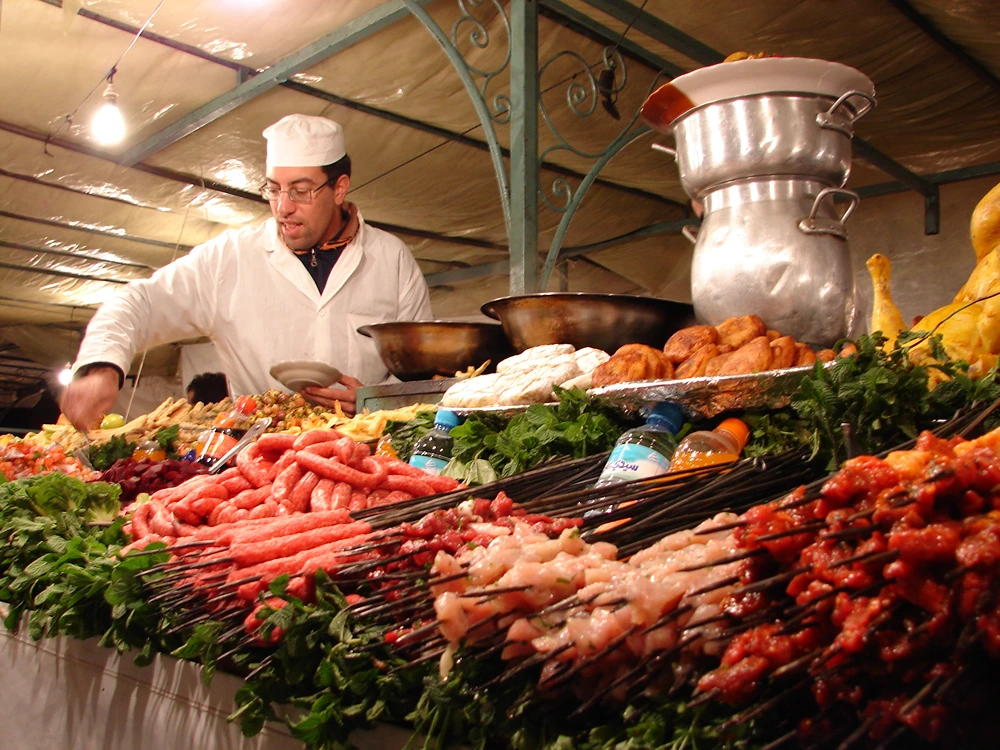
The food stalls in Djemaa El Fna come to life at dusk, transforming the square into a vibrant culinary hub. With at least 50 stalls, visitors can indulge in a variety of Moroccan dishes. The offerings include grilled meats, skewers, grilled vegetables, chicken barbecues, fish, fries, pastilla, and Moroccan bread. These stalls not only provide a rich gastronomic experience but also an authentic glimpse into Moroccan street food culture. The aroma of freshly cooked food and the bustling atmosphere make dining here an unforgettable experience.
When it comes to refreshments, mint tea and fresh orange juice are highly recommended. Mint tea, a staple in Moroccan culture, is often served hot with a generous amount of mint, providing a refreshing contrast to the savory dishes. Fresh orange juice, on the other hand, is a popular choice for its vibrant flavor and thirst-quenching properties. These drinks can be found at various stalls throughout the square, perfect for washing down the diverse array of food offerings.
Djemaa El Fna is also home to several notable restaurants that provide a more formal dining experience. Chez Chegrouni is known for its traditional Moroccan dishes, while Restaurant Le Foundouk offers a blend of Moroccan and international cuisine. Le Salama provides a luxurious dining atmosphere with a menu featuring classic Moroccan food. Nomad is popular for its modern take on traditional dishes, and Café Kif Kif offers a casual setting with a variety of local foods. La Cantine des Gazelles is another excellent choice, known for its friendly service and delicious meals.
| Restaurant | Specialty |
| Chez Chegrouni | Traditional Moroccan Dishes |
| Restaurant Le Foundouk | Moroccan and International Cuisine |
| Le Salama | Classic Moroccan Food |
| Nomad | Modern Take on Traditional Dishes |
| Café Kif Kif | Variety of Local Foods |
| La Cantine des Gazelles | Friendly Service and Delicious Meals |
Experience Djemaa El Fna at Night
Djemaa El Fna undergoes a remarkable transformation as the sun sets. What was once a bustling daytime market turns into a vibrant night market, teeming with life and activity. Food stalls pop up everywhere, offering a wide array of traditional Moroccan dishes. The aroma of grilled meats, spicy tagines, and sweet pastries fills the air, drawing both locals and tourists to the square. The lively atmosphere is enhanced by the glow of lanterns and streetlights, making it an enchanting place to explore after dark.
Nighttime entertainment in Djemaa El Fna is nothing short of spectacular. Traditional storytellers gather crowds with their captivating tales, preserving an ancient art form that has been passed down through generations. Live music is a staple, with musicians playing traditional instruments like the oud and darbuka, filling the air with the sounds of Moroccan culture. Various performances, including acrobats, snake charmers, and magicians, add to the excitement, creating a carnival-like atmosphere that keeps visitors engaged well into the night.
For photography enthusiasts, Djemaa El Fna offers some of the best opportunities at dusk and sunset. The vivid colors of the sky combined with the illuminated square create a picturesque setting. Photographers can capture stunning images of the food stalls, the bustling crowds, and the various entertainers performing against the backdrop of a setting sun. It’s advisable to arrive early to secure a good spot and to experiment with different angles and settings to capture the perfect shot.
5 recommended nighttime activities in Djemaa El Fna:
- Explore the night market food stalls
- Listen to traditional storytellers
- Enjoy live music performances
- Watch acrobats and other street performers
- Capture stunning photos at dusk and sunset
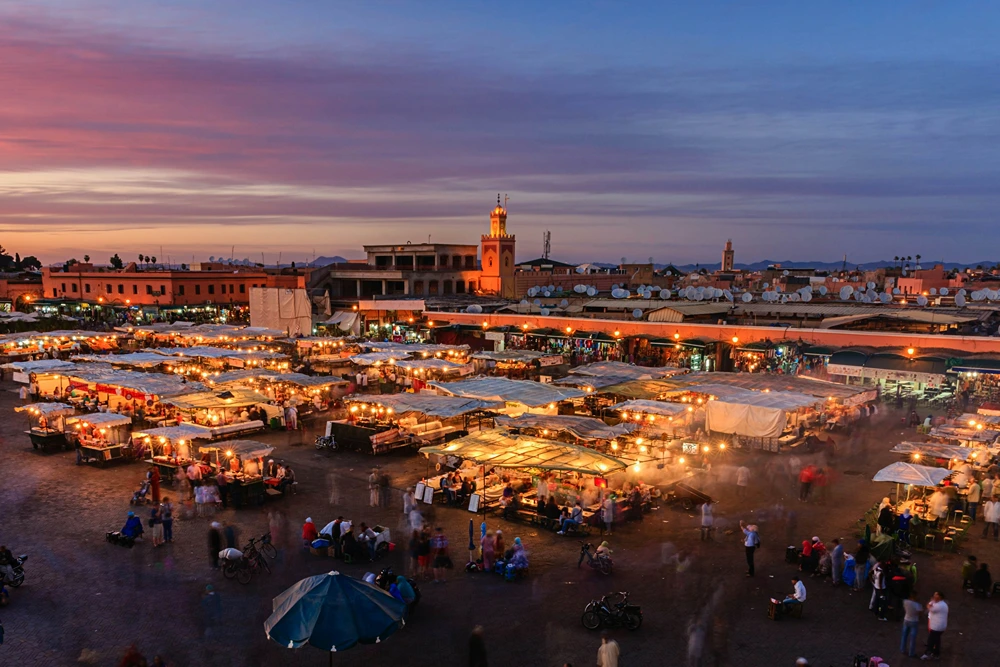
Travel Tips for Visiting Djemaa El Fna
Visitors to Djemaa El Fna should prioritize safety due to the square’s crowded nature. One of the most critical tips is to be cautious of pickpockets, who often take advantage of the dense crowds. Keeping personal belongings secure and using anti-theft bags can mitigate this risk. Arriving early is also advisable, as it allows visitors to explore the square before it becomes too congested, making the experience more enjoyable and less stressful. Additionally, staying hydrated and wearing comfortable clothing helps in dealing with the heat and extensive walking.
Negotiating prices with vendors is a common practice in Djemaa El Fna, and doing so can often lead to better deals. Visitors should approach negotiations respectfully and with a sense of humor, as this is part of the cultural experience. For those who might feel uncomfortable navigating the square alone, guided tours are available. These tours can provide valuable insights into the history and cultural significance of Djemaa El Fna, as well as ensure a more structured and safe visit.
5 essential travel tips for visiting Djemaa El Fna:
- Be cautious of pickpockets and keep personal belongings secure.
- Arrive early to avoid large crowds.
- Negotiate prices with vendors.
- Stay hydrated and wear comfortable clothing.
- Consider taking a guided tour for a more in-depth experience.
Nearby Attractions and Accommodations
One of the must-see attractions near Djemaa El Fna is the Koutoubia Mosque. This iconic structure, with its towering minaret, is a prime example of Almohad architecture. It stands as the largest mosque in Marrakesh and is a prominent landmark visible from various points in the city. Another notable site is the Saadian Tombs, which date back to the time of Sultan Ahmad al-Mansur in the 16th century. These tombs were rediscovered in 1917 and are renowned for their intricate decorations and historical significance. Visitors can also explore the vibrant Medina, where narrow streets are lined with shops selling traditional crafts, spices, and textiles.
For accommodations, traditional riads in the medina offer an authentic Moroccan experience. These guesthouses, often characterized by their central courtyards and intricate tile work, provide a serene retreat from the bustling square. Staying in a riad allows visitors to immerse themselves in the local culture and enjoy personalized hospitality. Some recommended riads include Riad Dar Anika, Riad Kniza, and Riad Le Clos des Arts, all known for their excellent service and beautiful decor.
5 notable nearby restaurants:
- Chez Chegrouni
- Restaurant Le Foundouk
- Le Salama
- Nomad
- Café Kif Kif
Final Words
Djemaa El Fna, with its rich history dating back to the 11th century, serves as a cultural epicenter. From street performances and food stalls to its vibrant night market, the square remains a UNESCO World Heritage site of immense significance.
Visiting Djemaa El Fna offers a unique blend of historical and cultural experiences. Adventurous foodies, history enthusiasts, and night owls alike will relish what it has to offer.
Embrace the lively spirit of Djemaa El Fna and enjoy a memorable visit.
FAQ
What is the meaning of Jemaa el-Fna?
What is the history of Djemaa El Fna?
Is Jemaa el-Fna safe at night?
What is the best time to visit Jemaa El-Fna?
What are Djemaa el Fna restaurants like?
How is Jemaa el-Fna at night?
How to pronounce Djemaa el Fna?
What is Djemaa el Fna market known for?
Top Attractions
How do you honor heroes who shaped the course of history?…
Why would an ancient civilization dedicate 180 years to…
Why did the ancient Egyptians choose a secluded desert…


